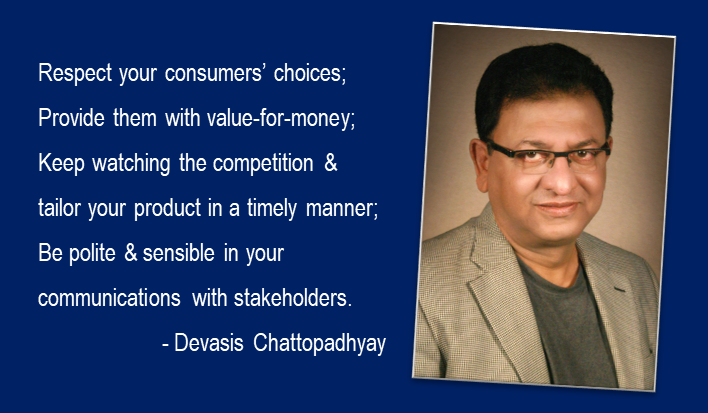‘Sleep is our competition’ – Reed Hastings, CEO Netflix, said a couple of years prior to the surprise attack of the SARS-CoV-2 virus. Binge-watching became synonymous to describe the media habits of the millennials at that point of time. They watched most Netflix products, indulging in an average of six episodes and five hours per viewing, according to a Deloitte survey in March 2017. The novelty of the streaming services caught the popular fancy.
Then came the coronavirus. It locked humankind indoors. The viewing of the streaming services sky-rocketed. Netflix benefited the most. Viewers continued to stream, binge-watch, and demand more media during the period between March 2020 and January 2022. Growing forces of social media and over-the-top services continued to speed up among the millennials, Generation Z, the baby-boomers, and among the senior-citizens as well. The streaming services ruled the viewership, even though the pandemic triggered severe social and economic disruption around the world since the Great Depression in the 1930s. The shift to streaming, mobile, and on-demand services were significant opportunities during the pandemic.
However, from the beginning of the current calendar year scenario has changed. Netflix lost a significant viewership. Its subscriber base shrunk by 2,00,000 in the January-March period against its own earlier forecast of the addition of subscribers between 2.5 and 4.0million in the same quarter. They identified one cause as–password sharing. Well, possibly they are right. But my feeling is password sharing has existed since the early phase of the streaming services. It is not a recent phenomenon. The other point being the Russia-Ukraine conflict. That is a probable cause too. But I hope that will disappear in some time.
Nilay Patel, the editor-in-chief of The Verge, and a CNBC contributor, tweeted recently, ‘The reaction to Netflix having a single bad quarter is a good reminder [of that] no one remembers what competitive markets in tech are like anymore,’. Yes, Netflix provided ad-free uninterrupted content. But that was all. Let me provide an example. For the Indian market, which is indeed a very lucrative one, Netflix’s acquisition of local content was below par compared to its competitors. For its Sacred Games, Prime Video had Mirzapur and much more. Possibly Netflix overlooked smartphone demand in India is on the path to a rapid increase through the rural market. The maximum viewership increase is at a CAGR of 6 per cent in the rural market compared to a CAGR of 2.5 per cent in the urban market, as submitted by Deloitte. Netflix ignoring local content compared to Prime Video was a mistake, in my mind. And on top of it, Netflix was asking for a high enough price that drove its viewers to other streaming service providers. Which, since recently, they have lowered.
Currently Nielsen, through LinkedIn, is conducting a simple online survey about – ‘What’s your go-to way to watch entertainment?’. Till date of 2382 voters, a whopping 90% voted for ‘Streaming’. Under the circumstances Netflix losing subscribers is a telling tale. It should be examined thoroughly.
The logic even extends further to all marketers. Don’t take your consumers / clients for granted. In today’s marketplace, please don’t act as holier-than-thou. During the last quarter, and in the current quarter, many companies, including the market-leaders across consumer product categories, have increased their product prices anywhere between 15 to 25 percent. They possibly want to make-up for the lost revenue during the last two years, and maybe they still have supply chain issues for their inventories. However, increasing prices to make-up your losses when your consumers are hassled by shrinking household income is a terrible move. In the long run, you will get your turnover and revenue kicked. ‘Indian consumers have already started opting for lower-priced packs or unbranded products of food, grocery and daily necessities as rising prices are squeezing their monthly household budgets’, reported analysts from market research firm Kantar ( earlier IMRB).
Five years after Reed Hastings bragged that sleep was his organisation’s competition, he was getting the bitter pill to swallow. Competition has caught on, and viewers are dropping Netflix like a ton of hot bricks.
My lesson from this incident, as a communications professional: keep advising your CEOs and the BOARD:
- Respect consumers’ choice, and don’t take them for granted,
- Provide value-for-money to them,
- Keep watching the competition and tailor your product in a timely manner and
- Do not become arrogant. Not at least in public utterances. Be polite and sensible in your communications with your stakeholders.
The views and opinions published here belong to the author and do not necessarily reflect the views and opinions of the publisher.



Be the first to comment on "What Netflix has taught me, once again!"